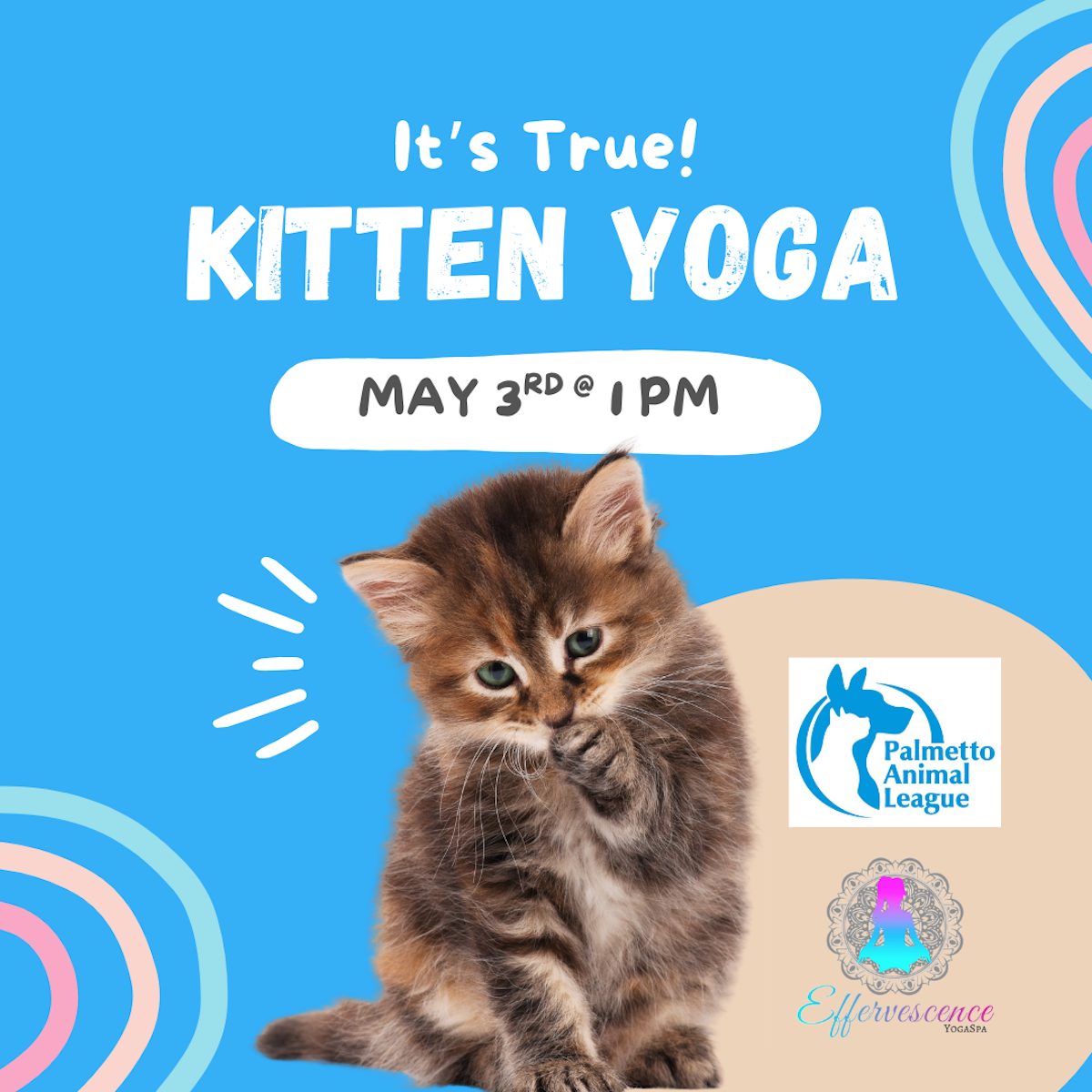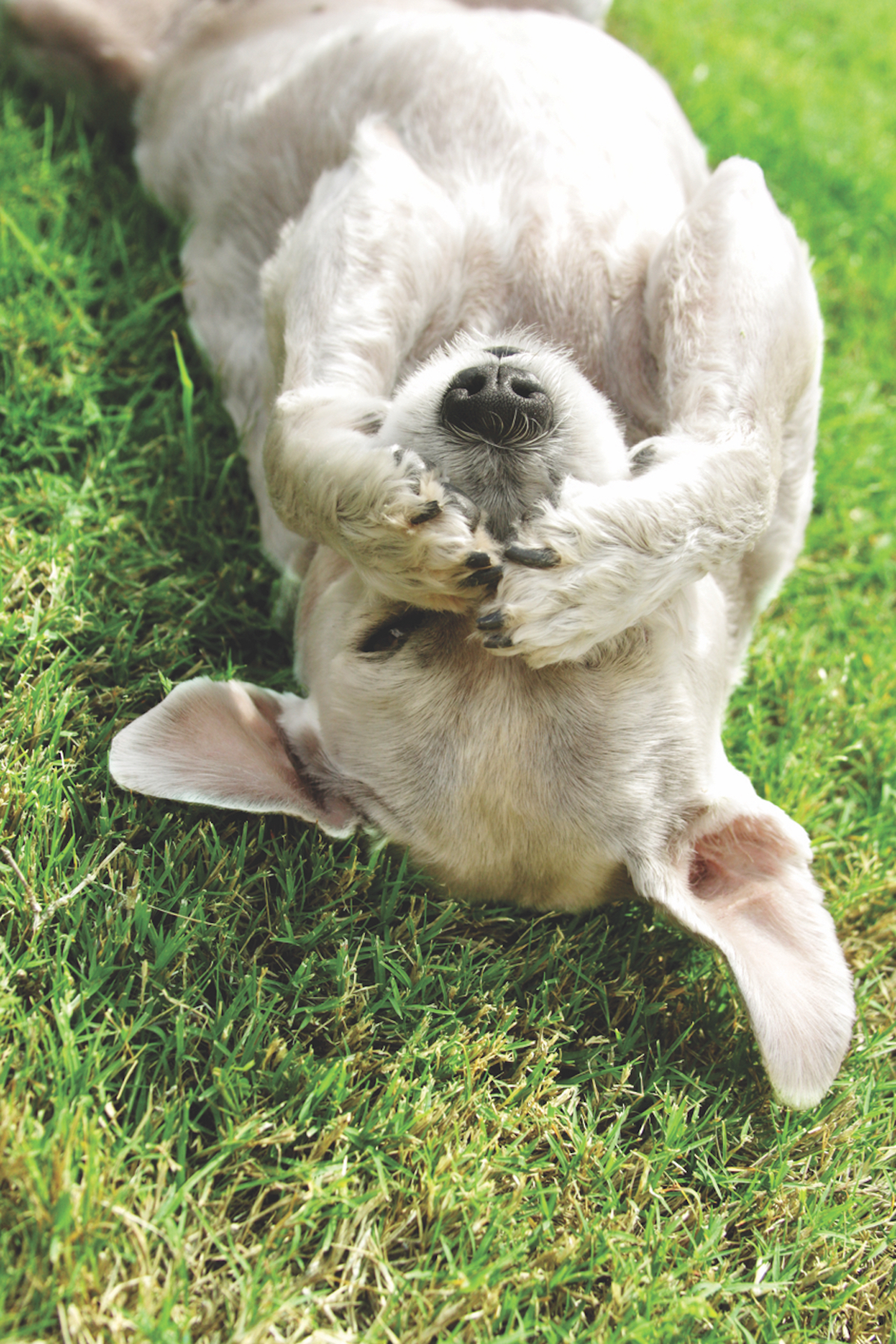A long time ago, when I was a new first homeowner, I had a lawn service treat my yard. It seemed the home-ownerly thing to do. My grass was lush, green; there were no weeds. And then Dave, my 35-pound brown dog, developed a lump on one of his rear paws. The vet couldn’t identify it any farther than “Hmm, it’s a lump,” gave me some cream to rub on it and it eventually went away. Then Dave started to itch all over and I stopped caring about my grass.
According to the National Pollutants Discharge Elimination System (NPDES), homeowners tend an estimated 40 million acres of turf (Environmental Science and Technology, 2005). If classified as a crop, lawns would rank as the fifth largest in the country after corn, soybeans, wheat, and hay (USDA, 1992). Fertilizers applied to lawns are roughly equivalent to the application rates for row crops (Barth, 1995). Our (treated) lawns receive an estimated five to seven pounds of chemicals per acre annually (Schueler, 1995).
Yikes! Pair those heady statistics with the study presented in the January 2012 issue of the journal Environmental Research that concluded that exposure to professionally applied lawn chemicals was associated with a significantly (70%) higher risk of canine malignant lymphoma. Dogs with serious malignancy were also 170% more likely to come from homes where owners used chemical insecticides. Is greener grass worth the risk? Although most lawn care companies will try to convince you that their products are safe for your pets, here are a few things to consider before treating your lawn:
First, lawn care companies are only obligated to provide information on “Active Ingredients” in their products. This list of active ingredients often leaves out the many “Inert Ingredients” that are also found in the treatment products, many of which are known carcinogens or have documented health risks associated with them. One chemical that is often considered an inert ingredient is 2, 4-D, the focus of the Transitional Cell Carcinoma study. If you are curious about the information that these companies are willing to share, I encourage you to contact them for more detailed information about the full chemical content of their lawn care products so you can evaluate their safety for yourself. You may be surprised at how reluctant they are to share this information with you — if they do at all.
Secondly, dogs are not people, and generally speaking, lawn care companies are concerned with how their products may affect people. Dogs are at greater risk of exposure and potential side effects from lawn care chemicals because:
• Dogs do not wear clothing, as a rule, and they are low to the ground. Chemicals get on fur and are more easily absorbed into the skin.
• Dogs do not wear shoes, either. Chemicals are absorbed through the paw pads and are then tracked into your home. They will be ingested when dogs lick their paws, as they often do. (And, let’s not forget our cat friends, either.)
• Dogs don’t just walk on the grass, they roll in it, lay in it, sniff around in it and dig in it — all opportunities to inhale, ingest and absorb more toxins than the average human would.
• Also, it’s not uncommon for dogs to eat grass while out in the yard, either intentionally or as part of all of the grunge they chew on while outside.
Ways to Reduce Your Dog’s Risk
While there is no way to guarantee that your dog will not develop cancer, there are some proactive things you can do to reduce their risks — especially when it comes to lawn care chemicals.
• Use only natural lawn care products in your yard. Examples are using corn gluten meal as a natural weed killer and fertilizer, or diatomaceous earth and boric acid for pest control. Reducing exposure is the best way to prevent potential side effects.
• Be aware of ALL the environments in which your dog may be exposed to lawn chemicals. Even if you don’t use them in your yard, consider yards you pass when going on walks, the parks where you and your dog play, and other public areas that may be treated.
• Always wipe your dog’s paws off after walks to remove any residue, and wipe down their fur as well if they have been out playing in treated grass.
Latest from Pets
Concert event supports Palmetto Animal League From staff reports Mingle with some of the Lowcountry’s cutest
From staff reports Where can you splurge on yourself while saving lives? Palmetto Animal League’s annual
From staff reports Kitten Yoga is coming to Effervescence YogaSpa, and will serve as the first
By Paul Hyde On the eighth day, after taking a day off, God realized human beings
Christmas has passed, but New Year celebrations, Hannukah and Kwanza are in full swing. Celebrants all over





